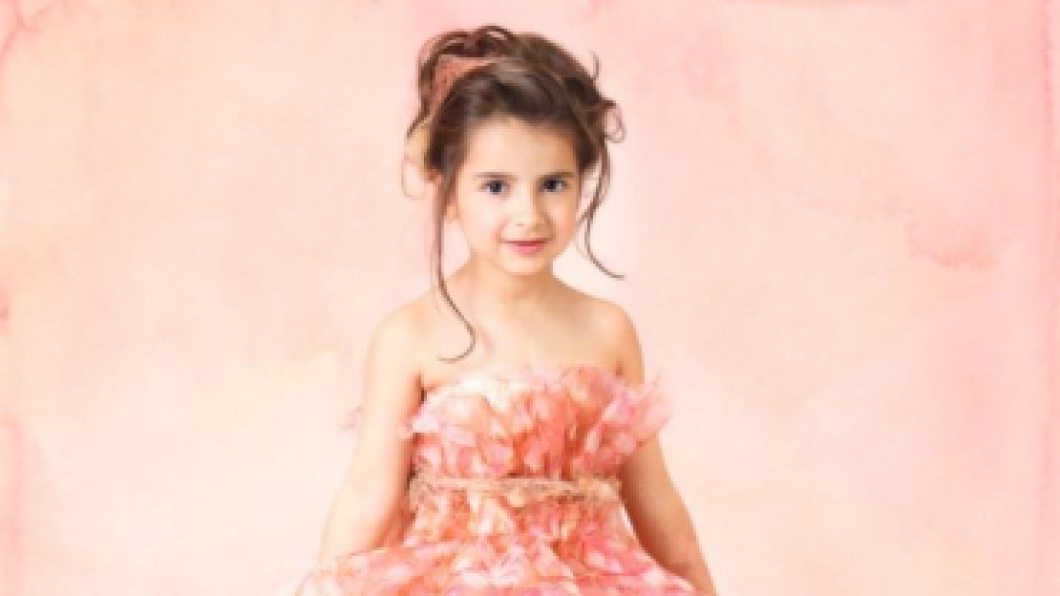
Anne Geddes' lens reflects resilience
Australian photographer Anne Geddes is known for capturing the innocence of babies in bumble-bee and acorn costumes that replicate life in nature.
But her latest project it not about innocence. It’s about resilience.
Geddes is photographing a dozen children and youth from around the world who’ve lost limbs and digits to Meningococcal disease—a deadly bacterial infection that inflames brain and spine tissue and infects the blood
Geddes says she knew she’d achieved her mission when an eight-year-old boy looked at his photos and said: “For the first time, you made me proud of my amputations.”
Capturing the children’s differences in a way that emphasizes their wholeness was a challenge, Geddes says. “I didn’t want to portray these children in a way that was a shock. I wanted the viewers’ first reaction to be ‘what a gorgeous little girl.’ When you’re with these kids for more than five minutes you just forget that they don’t have legs, or arms, or both.”
To tie the photos together, Geddes chose the theme of birds’ nests.
“I decided to link all of these images in a really subtle way to what a bird’s nest represents,” Geddes says. “Hope and protection and family and new beginnings. And, more importantly, deceptive strength: nests hold their elements and survive even though they look so fragile.”
She describes a particularly magical moment when photographing a boy who initially sat down in the room with his hands behind his back.
“After about five minutes he brought his hands out and climbed on the box and said ‘I’m going to do a yoga pose.’ I ran back to the camera and he did this lotus position and put everything that was ‘wrong’ up front—his toes and his hands—and stared into the camera. It gave me the tingles and my hand was shaking while I was shooting, and then it was over.”
The project aims to raise awareness of the importance of vaccinations and quick medical attention if your child has the symptoms of meningitis: fever, vomiting, headache, a stiff neck, sensitivity to light and drowsiness.
The images also promote the beauty of survivors. “I want this series to transcend time,” Geddes says. “It will be this series of beautiful children who have disabilities, but it doesn’t matter.”
An unexpected benefit is the sense of community it generates for participants. “We were shooting one girl from Spain in the morning and a little fellow from Germany in the afternoon, and they crossed paths at the hotel and apparently she turned to her parents and said: ‘He’s just like me.’ This made me think the series will also get the message out that these children are not alone.”
Viewers will discover subtle elements of birds’ nests in the images—an illustration, a piece of twine tied around the waist or feathers in the hair. The children are from Australia, the United Kingdom, Ireland, Spain, Germany and Canada.
The photos will be published in an e-book on World Meningitis Day April 24. The project, Protecting Our Tomorrows, is funded by Novartis Vaccines and Diagnostics. Bernadette, above, and with her mom below, is one of the participants.
